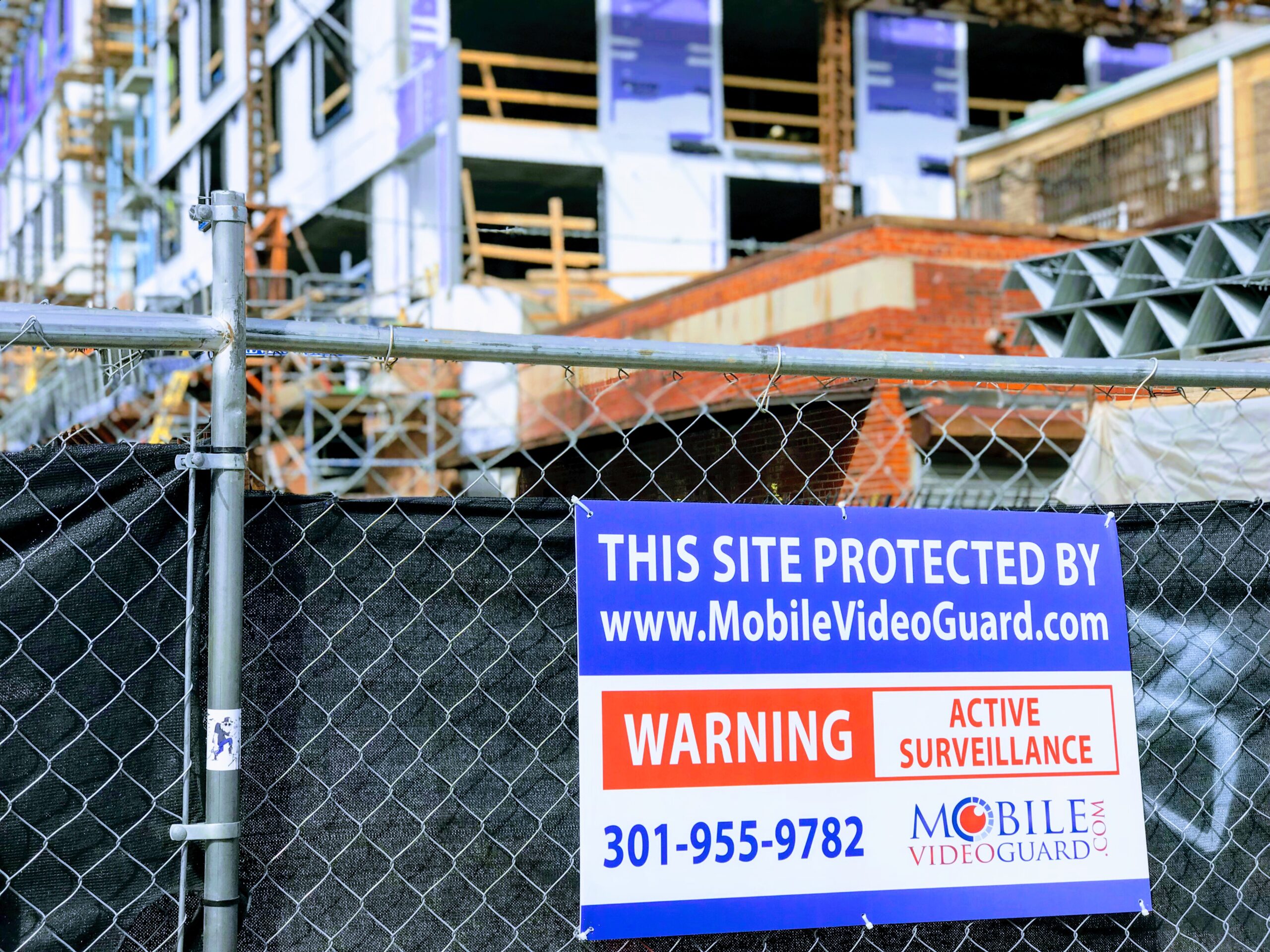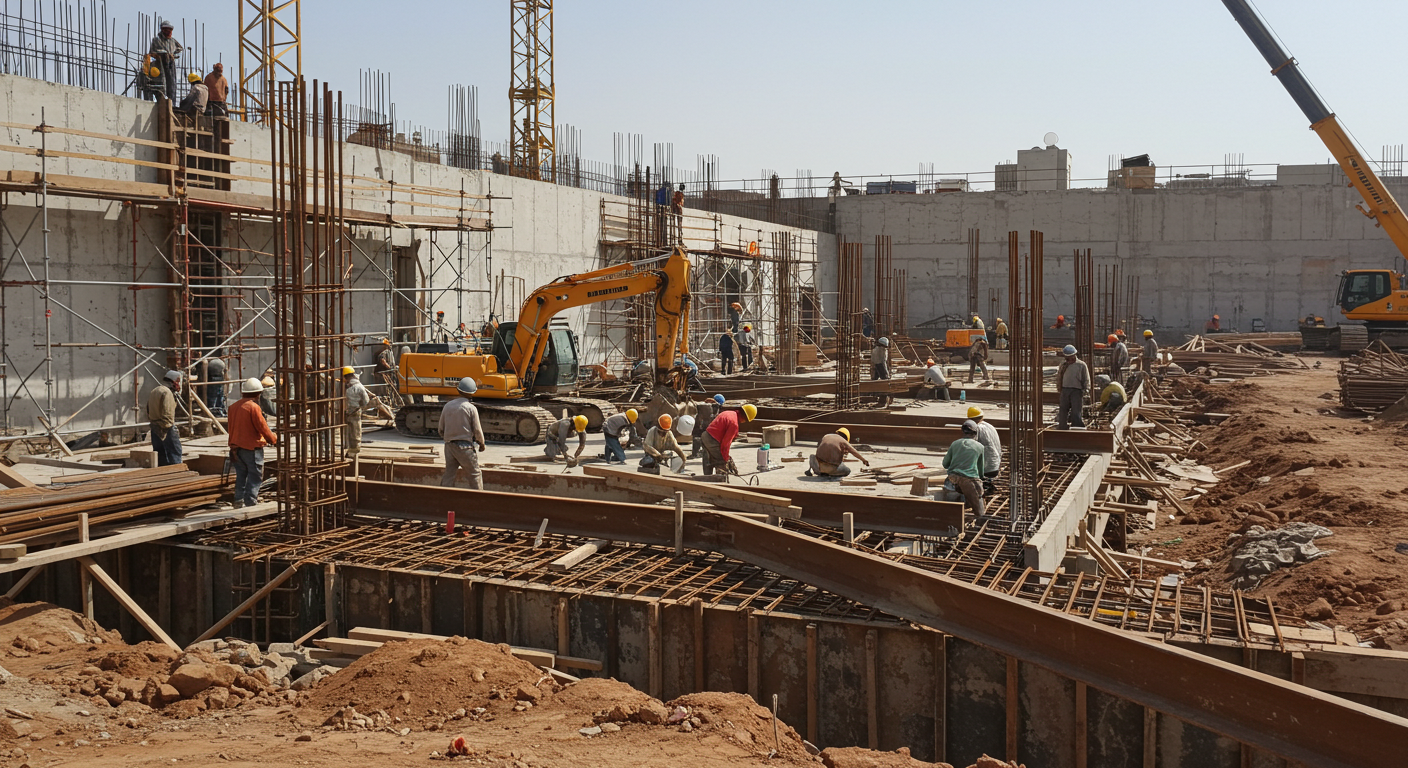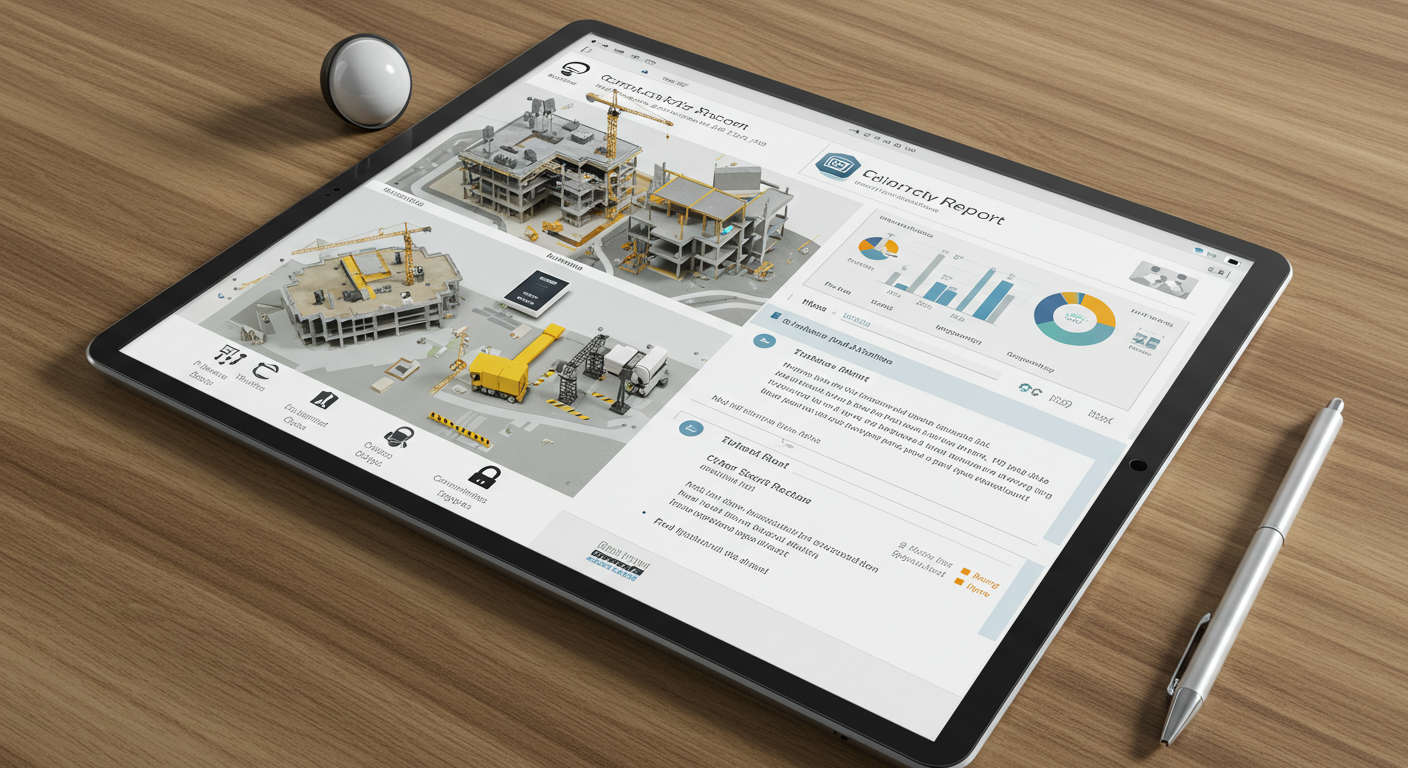Wireless systems efficiently detect fire and alert first responders and occupants — and they’re particularly well-suited for industrial, manufacturing, and construction sites

One of the significant challenges construction, industrial, and manufacturing properties face is the risk of fire. No matter how vigilant your team may be or how strict the safety protocols are, fire is still a possibility.
Fortunately, an early smoke and heat detection system can spot fires and limit injuries and damage in even the most challenging environments. And a monitored video surveillance system can help identify potential hazards before they develop into serious threats.
Industrial fires are more common than you might think
Fires at industrial and manufacturing sites are a significant concern, according to a 2018 report by the National Fire Protection Association (NFPA):
- These properties see an average of 37,910 fires yearly, causing an average of $1.2 billion in damages, 16 civilian deaths, and 273 civilian injuries.
- Most of these fires (71%) were outside, or unclassified, and responsible for approximately three civilian deaths, 38 injuries, and $265 million in direct property damage.
- Although only 20% of fires are structural, they make up 49% of civilian deaths, 80% of civilian injuries, and 67% of direct property damage.
- The leading cause of structural fires in industrial facilities is lighting equipment and electrical distribution (24%). Heating systems were the top cause in manufacturing properties (15%).
- Vehicle fires made up 9% of the total, causing six civilian deaths, 17 civilian injuries, and $125 million in direct property damage.
As these statistics show, the first step in preventing industrial and manufacturing fires is acknowledging their risk and potential harm to your people and business.
Structures under construction or renovation are particularly vulnerable to fire
All it takes is one report of billowing smoke, mysterious explosions, or glowing embers near fresh lumber, and you’ve got a construction or renovation site fire that could prove disastrous.
From 2013 through 2017, local fire departments responded to approximately 2,580 fires in structures under major renovation and 3,840 fires in structures under construction. Here’s a closer look at the numbers and causes:
- Fires in structures under construction averaged four civilian deaths, 49 civilian injuries, and $304 million in direct property damage every year.
- Those in structures under major renovation caused, on average, eight civilian deaths, 52 civilian injuries, and $104 million in direct property damage annually.
- Out of every four fires in structures under construction, three involved residential properties.
- The leading factors contributing to the ignition of fires in structures under construction included misuse of cooking equipment, electrical failures or malfunctions, heat sources too close to combustible materials, and abandoned or discarded materials.
- Nearly one-quarter of fires in structures under major renovation were caused by electrical distribution and lighting equipment. Other leading factors contributing to the ignition of fires in structures under major renovation included heat sources too close to combustible materials and electrical failures or malfunctions.
Fortunately, one aspect of the solution to these fires is simple: the right alarms and smoke and heat detectors can help protect people, property, and projects.
The benefits of wireless alarm systems with smoke and heat detectors
The risk of smoke and heat damage to facilities or projects is evident. So which type of warning system is right for your business?
Some conventional wired alarm operations are vulnerable in ways that wireless systems aren’t:
- Alarms that are location-locked. A wired system needs sockets, which limits the placement of alarms to surfaces with electrical outlets. This gives you far fewer options for a perimeter. Battery-powered, wireless alarms can be deployed wherever they’re needed, whether or not there is an electrical outlet.
- Some wired systems use outdated technology. In contrast, wireless systems can easily incorporate new operating systems, patches, and features.
- Lengthy installation. Wired systems often require cables throughout the property, a time-consuming and potentially expensive process — something that’s usually not realistic for temporary construction sites.
- Decreased productivity. Installation and maintenance of wired alarm systems can be time-consuming and eat into your team’s productivity and profits.
Protect your business with wireless smoke and heat detection solutions
Industrial and construction fires are a persistent concern for businesses across the country. But a wireless early warning system can alert your team and the local fire department to danger before it spreads. Surveillance cameras are also a key tool for monitoring potential fire hazards, enabling managers to take corrective action before a fire happens.
Mobile Video Guard offers WES3, an innovative, effective, and flexible evacuation and emergency alarm system solution with 24/7 fire detection, whether your site is occupied or unoccupied. This internationally certified system provides a fast, simple, and secure process to alert management and the proper authorities to fire and medical emergencies. And our monitored video surveillance packages keep an eye on your property 24/7, enabling early identification of threats — fire or otherwise.
Contact us today to learn more or receive a free quote.



